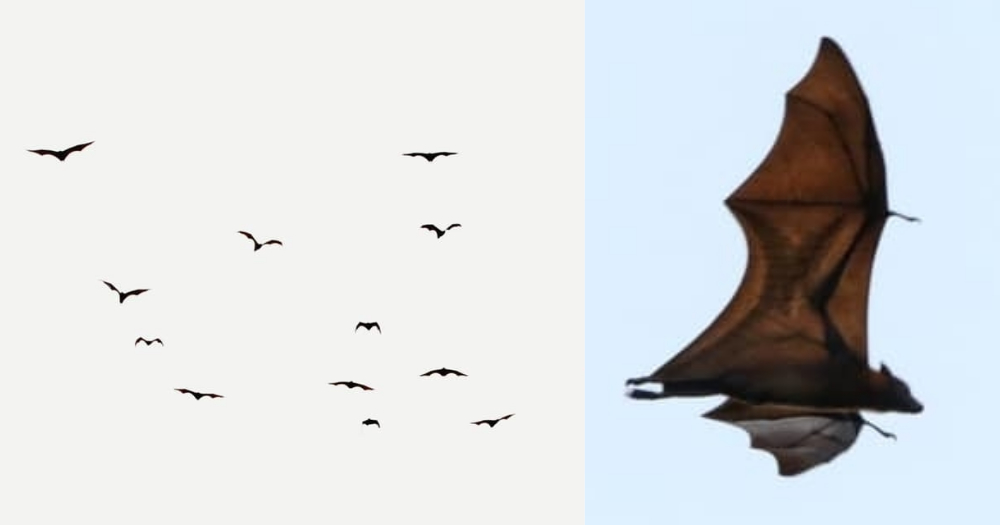Follow us on Telegram for the latest updates: https://t.me/mothershipsg
The Large Flying Fox, also known as the Malayan Flying Fox, is one of the largest bats in the world.
It has a wingspan of between 1.5m and 1.7m.
While they are native to Singapore and the region, these flying foxes have not been sighted in Singapore in recent times.
The last sighting of this species of flying foxes in Singapore was in 2016.
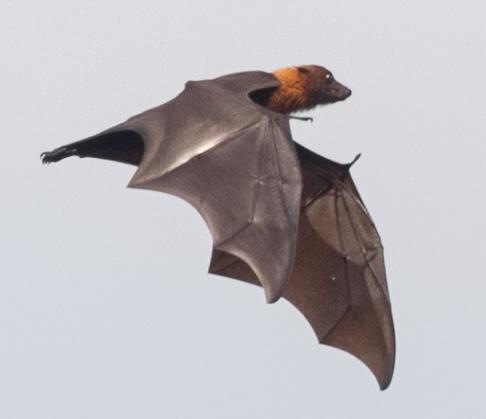 Photo courtesy of Francis Yap.
Photo courtesy of Francis Yap.
Four years later, the species was sighted again on June 5, 2020 which coincidentally also happened to be World Environment Day.
This time, a huge colony has been sighted in the north.
Over 100 flying foxes sighting in Yishun
These huge bats surprised nature lovers as they spread their wings in the skies in the morning of June 5.
According to the Nature Society, the large colony of flying foxes were spotted somewhere over Yishun.
In response to Mothership's query, the Director of Wildlife Management Research, National Parks Board (NParks), Benjamin Lee said that the last confirmed sighting of the Large Flying Fox was at MacRitchie in May 2016, with six individuals sighted.
According to Singapore Biodiversity Record, there was no roost recorded back then in 2016, and so these flying foxes were likely visitors which came to our forests to forage.
This sighting of more than 100 individuals on June 5 is therefore "unprecedented in Singapore in recent times", Lee said.
Here are more photos of the rare sighting captured by a local primate researcher, Sabrina Jabbar:
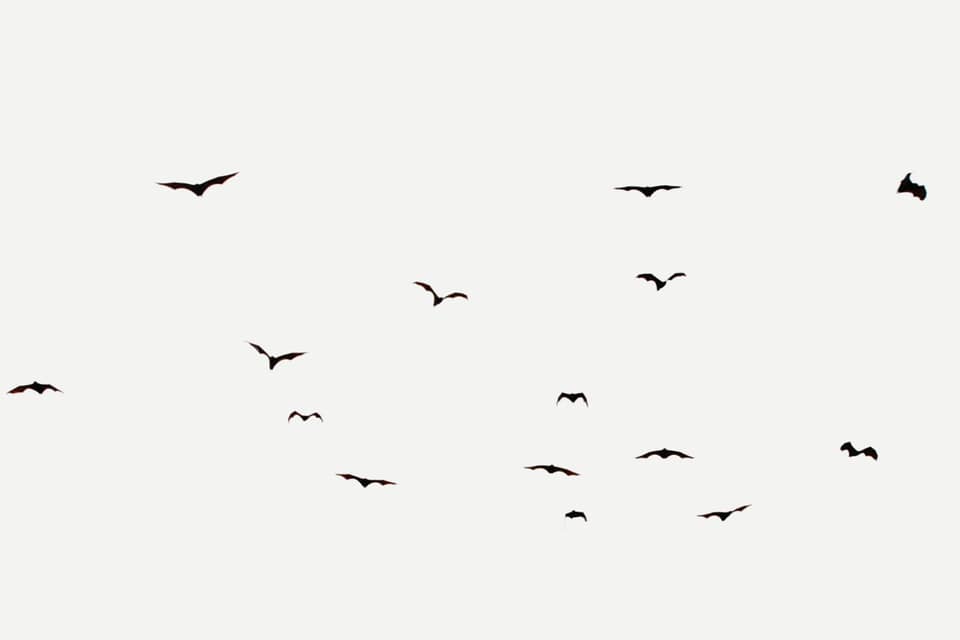 Photo courtesy of Sabrina Jabbar.
Photo courtesy of Sabrina Jabbar.
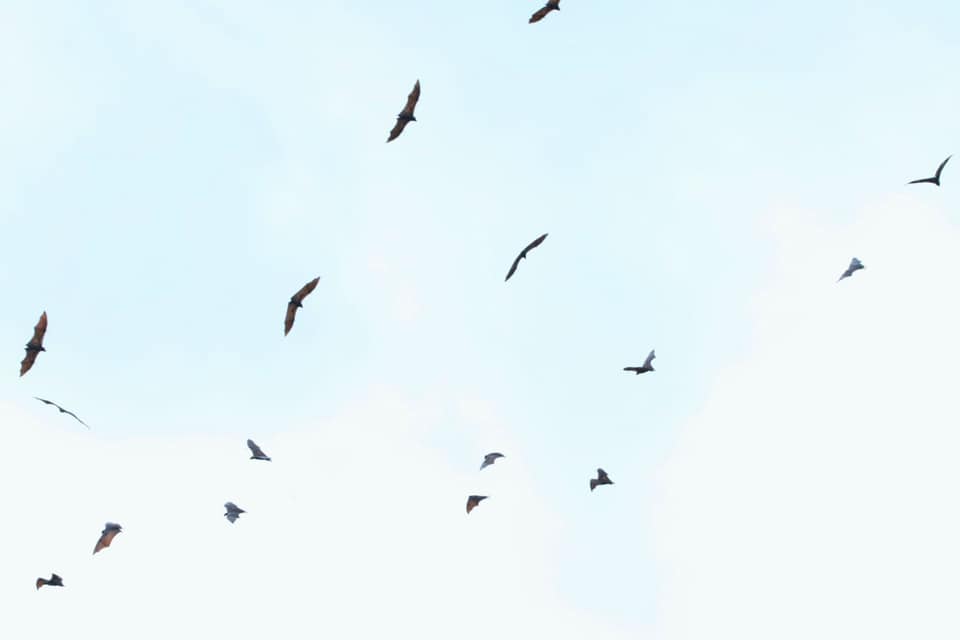 Photo courtesy of Sabrina Jabbar.
Photo courtesy of Sabrina Jabbar.
The Large Flying Fox is migratory and that means it has a large home range and moves frequently across international borders, Lee added.
Flying Foxes have been known to travel several hundreds of kilometres between roosting sites, and their home range encompasses southern Peninsular Malaysia, Singapore and Indonesia (Sumatra).
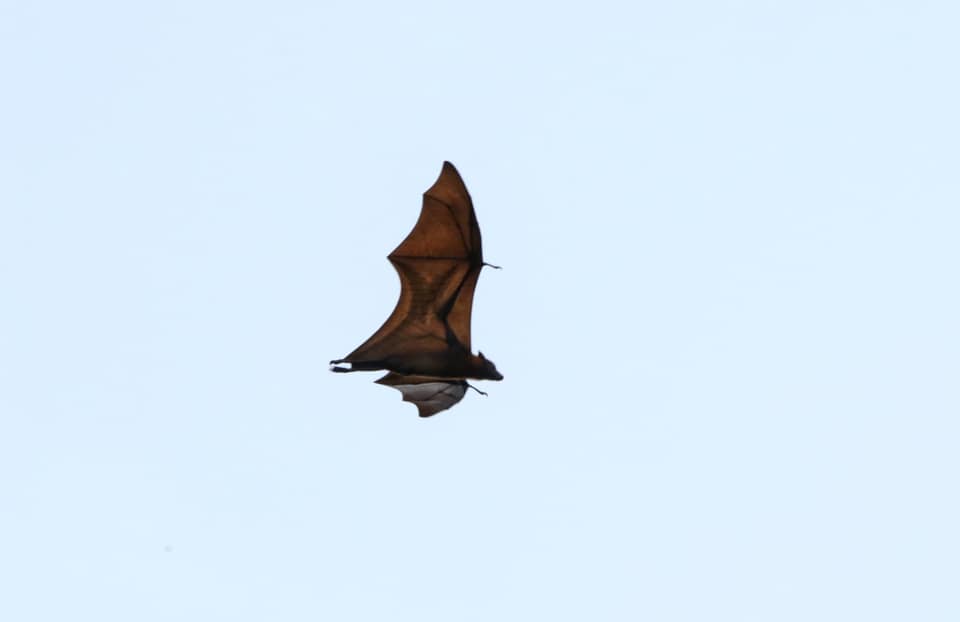 Photo courtesy of Sabrina Jabbar.
Photo courtesy of Sabrina Jabbar.
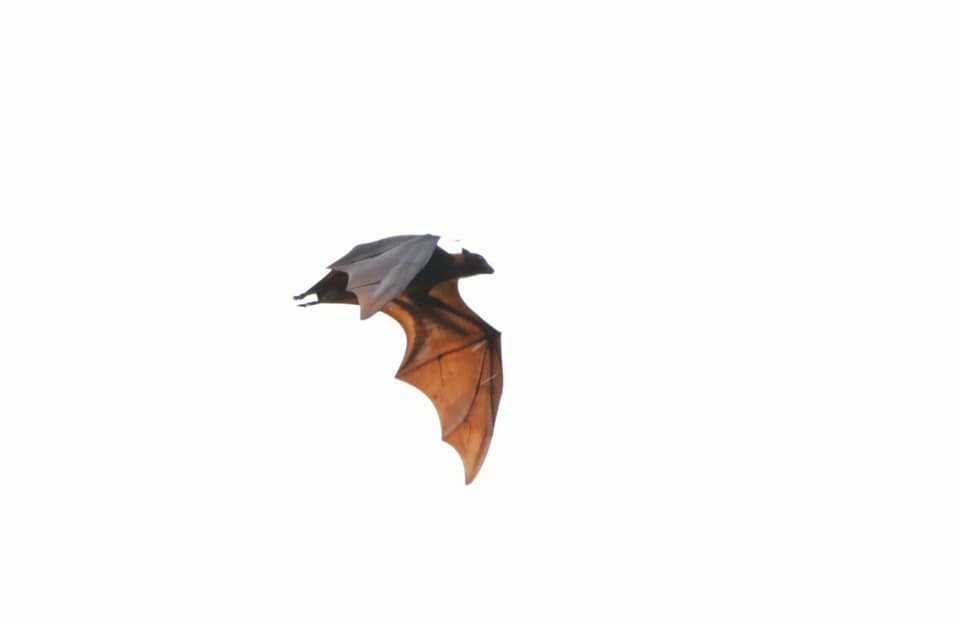 Photo courtesy of Sabrina Jabbar.
Photo courtesy of Sabrina Jabbar.
What causes such a large group to take flight?
When asked what could have prompted such a large migration, Lee said that it is not unusual for Flying Foxes to travel in large groups when they are in search of food.
The other reasons for such a large group to take flight could be disturbances to their camps such as habitat destruction or sustained hunting.
The Large Flying Fox is currently classified under the "Near Threatened" conservation status according to the The IUCN Red List of Threatened Species.Bats are important pollinators and seed dispersers
While the reputation of bats has worsened because of Covid-19, they are actually useful creatures and more common in Singapore than you might imagine.
There are about 28 species of bats in Singapore such as the fruit bats and cave nectar bats.
Without huge bats like the Large Flying Fox, you probably won't get to enjoy durians and petais.
The Flying Foxes feed on nectar from the flowers of the durian trees and Parkia trees (petai), thus pollinating their flowers.
Fruit bats are also pollinators and seed dispersers, and play an important role in regenerating forests and ensuring their survival.
If you spot bats in the neighbourhood, chances are you can be less worried about getting bitten by the mosquitos.
Some bats feed on insects such as mosquitoes, beetles and crickets, thus helping to keep the insect population in check without the need of pesticides.
What should you do when you see bats?
Like many wild animals, bats are generally shy and do not attack or show aggression unless they feel threatened.
Members of the public who encounter bats in their living environment should not attempt to feed or get close to the bats.
If they do come into contact with the bats, practise good hygiene by thoroughly washing your hands with soap.
If you come across an injured bat, you can contact ACRES at 9783 7782 or NParks.
Read more about NParks's advisory on bats here.
Top photos courtesy of Sabrina Jabbar
If you like what you read, follow us on Facebook, Instagram, Twitter and Telegram to get the latest updates.
